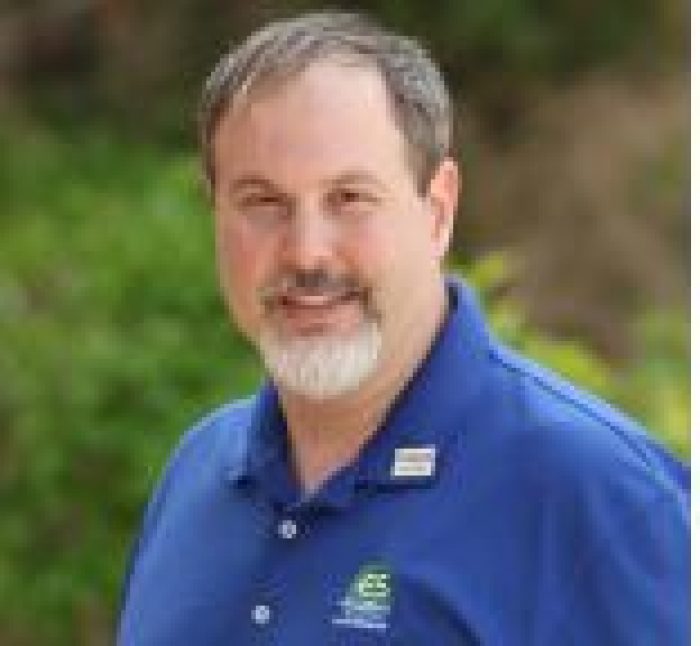Dr. Liptak Speaker for Restoration of Natural Habitats: Including Prairies, Wetlands and Forests Seminar
After attending this seminar, you’ll be able to:
Define ecological restoration and distinguish between active
restoration and passive restoration of project sites.
Describe the habitat restoration process, including site evaluation,
setting project objectives, and designing with nature — not against it.
Incorporate natural habitat elements into urban environments and
into construction projects.
Review environmental permitting and regulatory processes.
Discuss methods of monitoring and managing natural restoration
efforts to assure long-term success
For more information and to register, visit https://www.halfmoonseminars.org/seminars/132916/restoration-of-natural-habitats-including-prairies-wetlands-and-forests-seminar/middleburg-heights-oh
Michael A. Liptak, Ph.D.
EnviroScience, Inc., Northeast Headquarters, Stow, Ohio

Dr. Liptak is a member of the ecological survey team where he specializes in rare plant surveys, wetlands ecology, wetland restoration, and mitigation wetland design. He earned his Ph.D. degree at The Ohio State University under the noted wetland ecologist Dr. William Mitsch, and completed his graduate research on the created wetlands at the Olentangy River Wetland Research Park in Columbus. Dr. Liptak has over 15 years of experience in wetlands research and ecological consulting and is a Certified Senior Ecologist (Ecological Society of America). His main responsibilities at EnviroScience include rare plant surveys, wetland restoration planning, wetland assessments and delineations, technical report preparation and permitting. Dr. Liptak has experience in preparing mitigation plans for many different projects, including wetland creation, restoration and enhancement, as well as preparing upland restoration and prairie planting plans. He has extensive experience with terrestrial, aquatic and wetland surveys for projects of all sizes. Dr. Liptak is a pre-qualified consultant certified to complete aquatic and terrestrial ecological surveys, wetland delineations, waterways permitting, and wetland mitigation design for Ohio Department of Transportation (ODOT) projects. He is a member of the Society of Wetlands Scientists and the Ecological Society of America. Dr. Liptak regularly gives seminars on ecological issues and regulations within the state of Ohio.
Agenda
Introduction to Restoration
What is ecological restoration?
Types of restoration- active vs. passive
ADIM – assess, design, implement, monitor/manage
Setting restoration goals
Assessment
Design – Site Evaluation and Project Planning
SMART goal setting
Project objectives
Monitoring criteria
Reference communities
Designing in a changing world
Designing with nature, not against it
Considerations for urban environments
Humans and the natural environment
Implementation
Construction considerations
Environmental permitting and regulatory processes
Monitoring and Adaptive Management
Monitoring techniques
Success criteria
Long-term site management
Invasive species control
The role of fire in ecosystem management
Standard Tuition: $289.00